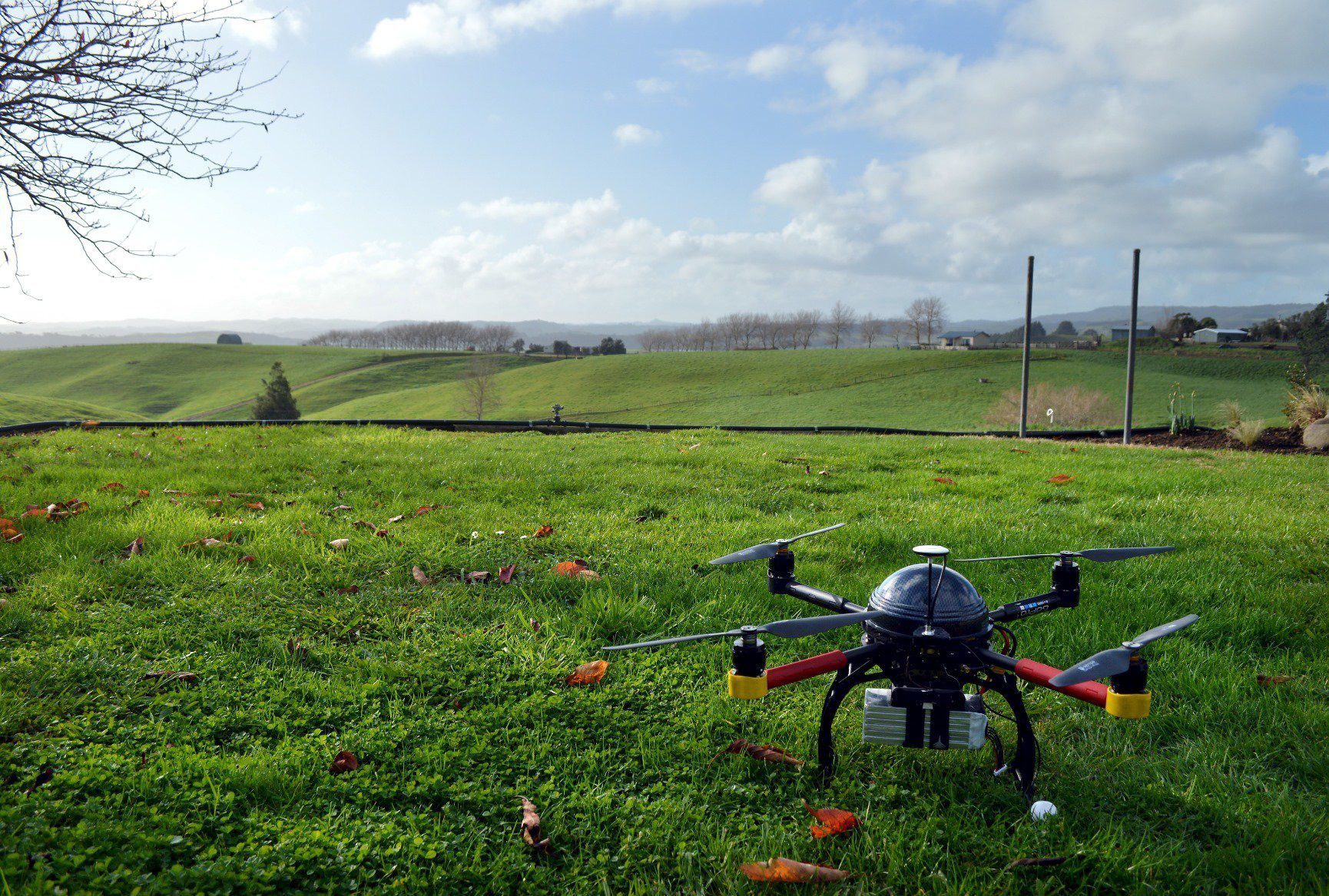The Industrial Revolution and the Digital Revolution are two transformational periods in history that have revolutionized the world in their own way. The Industrial Revolution, which began in the 18th century, brought significant changes in the way goods were produced, while the Digital Revolution, which began in the 20th century, transformed the way information is shared and processed. Both periods have had a profound impact on industries, society, and the workforce, leading to technological advancements and new eras of communication, entertainment, and business. Despite their differences, they share a common goal of progress and innovation.
The Industrial Revolution vs. The Digital Revolution: Comparing Two Transformational Periods in History
Introduction
The Industrial Revolution and the Digital Revolution are two of the most significant periods in history, each revolutionizing the world in its own way. The Industrial Revolution, which began in the 18th century, brought about a significant change in the way goods were produced, while the Digital Revolution, which began in the 20th century, transformed the way information is shared and processed. This article aims to provide a comparison of these two transformational periods in history, highlighting their similarities and differences.
What was the Industrial Revolution?
The Industrial Revolution began in the mid-18th century and lasted for around 100 years, from 1760 to 1840, before it reached its peak. It was a period of industrial, technological, and social change that transformed the way goods were produced, bringing about a shift from manual labor to machine-based production. The advancements in manufacturing, transportation, and agriculture led to an increase in productivity and efficiency, resulting in the growth of the economy.
What is the Digital Revolution?
The Digital Revolution began in the latter half of the 20th century and continues to this day. This period saw the emergence of digital technologies, which transformed the way information is shared, processed, and stored. The development of personal computers, the internet, and mobile devices brought about a cultural, social, and economic shift, leading to a new era of communication, entertainment, and business.
Technological advancements
One of the most significant similarities between the Industrial Revolution and the Digital Revolution is the advancements in technology. The Industrial Revolution saw the development of machinery such as the steam engine, the water frame, and the spinning jenny, which automated the production process and increased efficiency. Similarly, the Digital Revolution saw the development of technologies such as personal computers, smartphones, and cloud computing, which allowed for faster communication, storage, and processing of information.
Impact on industries
The Industrial Revolution had a significant impact on industries such as textiles, iron, and coal mining, leading to the growth of factories and mass production. This resulted in a shift from hand-made goods to machine-made products, leading to increased output and cheaper prices. Similarly, the Digital Revolution had a significant impact on industries such as entertainment, media, and communications. The development of the internet and social media platforms led to a rise in digital marketing, e-commerce, and online streaming services.
Impact on society
Both the Industrial Revolution and the Digital Revolution had a profound impact on society. The Industrial Revolution led to urbanization, as people moved to cities in search of work in factories. This led to a significant change in the way people lived and worked, leading to the development of new social classes and labor laws. The Digital Revolution also had a significant impact on society, changing the way people communicate and interact with each other. The rise of the internet and social media platforms led to a new era of social connectivity, leading to the development of new online communities.
The workforce
The Industrial Revolution led to a shift in the workforce, as people moved from agriculture to urban industries. This led to the development of the factory system, which required a significant number of workers. Similarly, the Digital Revolution had a significant impact on the workforce, leading to a shift from manual labor to jobs that required digital literacy. The rise of automation and artificial intelligence has also led to concerns about job security and the future of work.
Conclusion
In conclusion, the Industrial Revolution and the Digital Revolution have both brought about significant changes in the way society functions. Both periods saw significant technological advancements that revolutionized the way goods were produced and information was processed. While the Industrial Revolution transformed industries such as textiles and coal mining, the Digital Revolution has transformed industries such as entertainment and communications. Both periods have had a significant impact on society, changing the way people work, live, and interact with each other. Despite the differences between these two transformational periods in history, they share a common goal of progress and innovation.
